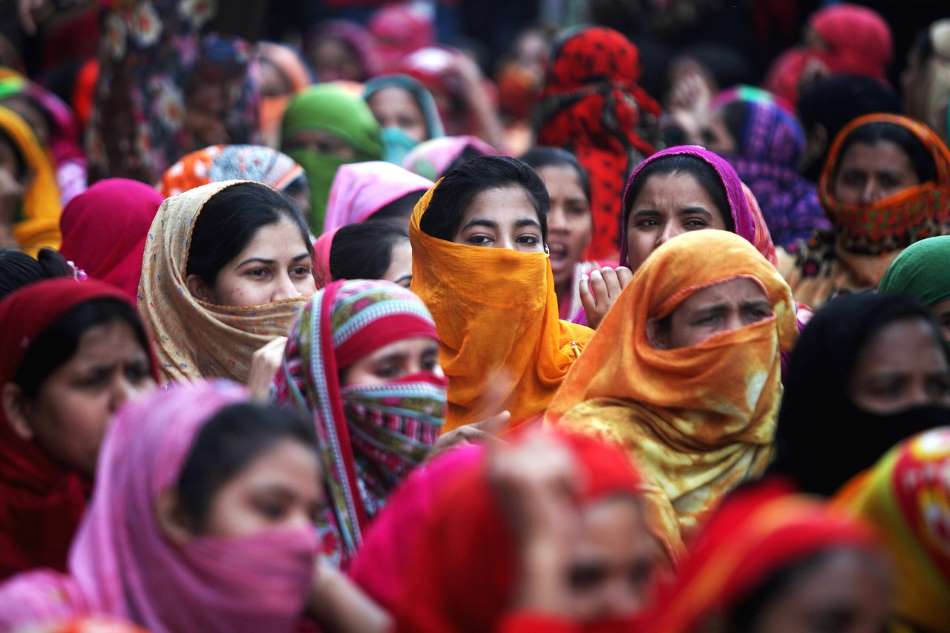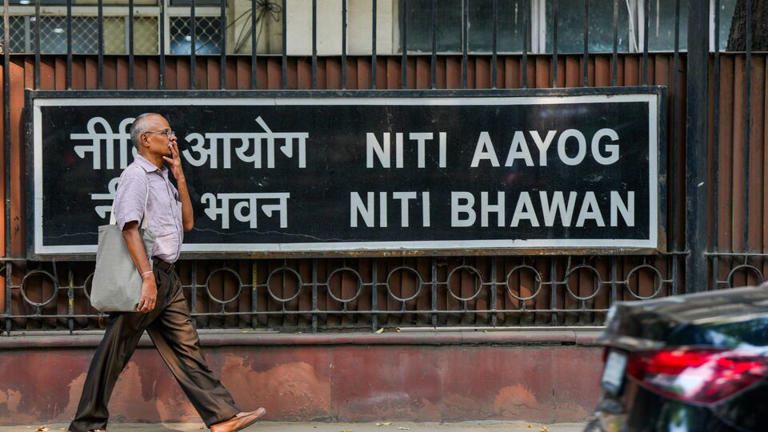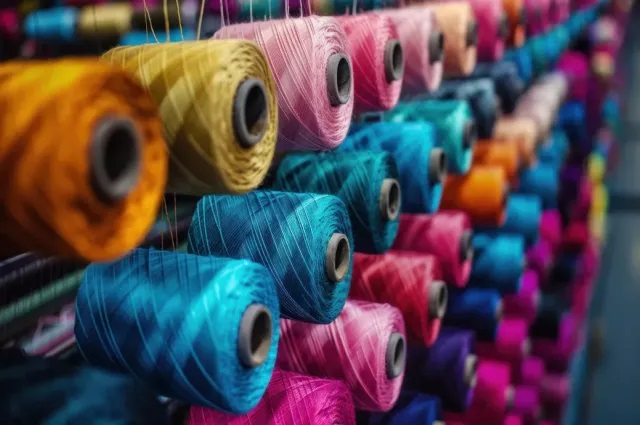
Apparel retailers in the US and Europe , as the primary buyers of Bangladesh- garments have agreed to accept higher prices to help factories offset wage increases along with helping the daily survival of low-income workers, in a humanitarian move. Bangladesh factories that employ low-wage workers --mainly women -- have always been at the core of the garment industry, which employs over four million people who have always borne the brunt of a failing economy.
Many global fashion retailers such as Abercrombie &Fitch, Lulumon, H&M and Gap among others have told the Bangladesh government they were keen for workers' wages to rise as the country’s inflation rate is at an alarming 9 per cent between 2022 and 2023, the highest in over a decade. Looking for peaceful negotiations and calling for the new minimum wage to cover the basic needs of factory workers, many retail companies belonging to the American Apparel and Footwear Association (AAFA,) which represents US brands are now aggressively suggesting a more frequent and timelier minimum wage review.
“Ideally this wage level, which in Bangladesh informs the calculation of all wage levels, would be reviewed annually, not every five years. Ensuring timely reviews and, as needed, increases in these levels, is a critical part of the suite of better buying practices that responsible brands are deploying,” opined Nate Herman, Senior Vice President of Policy of AAFA.
Workers pay hike to undermines factory owners profits
Factory owners are not too happy as this hike-which comes just ahead of general elections in January 2024, would dip into their profits as costs could rise by 5-6 per cent. Wage cost is almost 10-13 per cent of total manufacturing costs which is already a deterrent in a post-Covid export market.
Last few weeks saw clashes between the police and factory workers, as the government’s wage board had announced just $113 increase a month for the workers from the first week of December. However, this did not go down well with impoverished factory workers.
As per the International Labour Organization (ILO), even with this increase, Bangladeshi workers will receive far less than other Asian garment supplier countries such as Vietnam with an average monthly wage of $275, and Cambodia with $250, which is low enough compared to Western counterparts.
Protest levels increase as responsible purchasing practices happen
This kind of protests in Bangladesh was not seen in a decade since the infamous Rana Plaza collapse and the government. There was an apprehension this unrest could shy away Western buyerss to other sourcing destinations. However, BGMEA was ultimately successful in getting minimum wages for workers in Bangladesh increased to Tk 12,500, equivalent to around $113.63, from Tk 8,000 at present. In a letter to the American Apparel & Footwear Association (AAFA), the BGMEA president Faruque Hassan also sought higher prices from retailers and brands such as AEO Inc, Adidas, Amer Exports, Hugo Boss. Under Armour, etc in line with the hike in the wages.
The US and EU are now finally committed to far more responsible purchasing practices to support the wage increases and to implement an annual minimum wage review mechanism so that the lower-middle classes are affected by changing macroeconomic and geo-political conditions. It is not fair that the workers are penalized while there is growth in the general value of the garment industry with RMG exports accounting for 35.1 per cent of Bangladesh’s annual GDP. As McKinsey says garment exports from Bangladesh have jumped from $14.6 billion in 2011 to $33.1 billion but this is not reflecting in the living standards of the lower middle classes.












